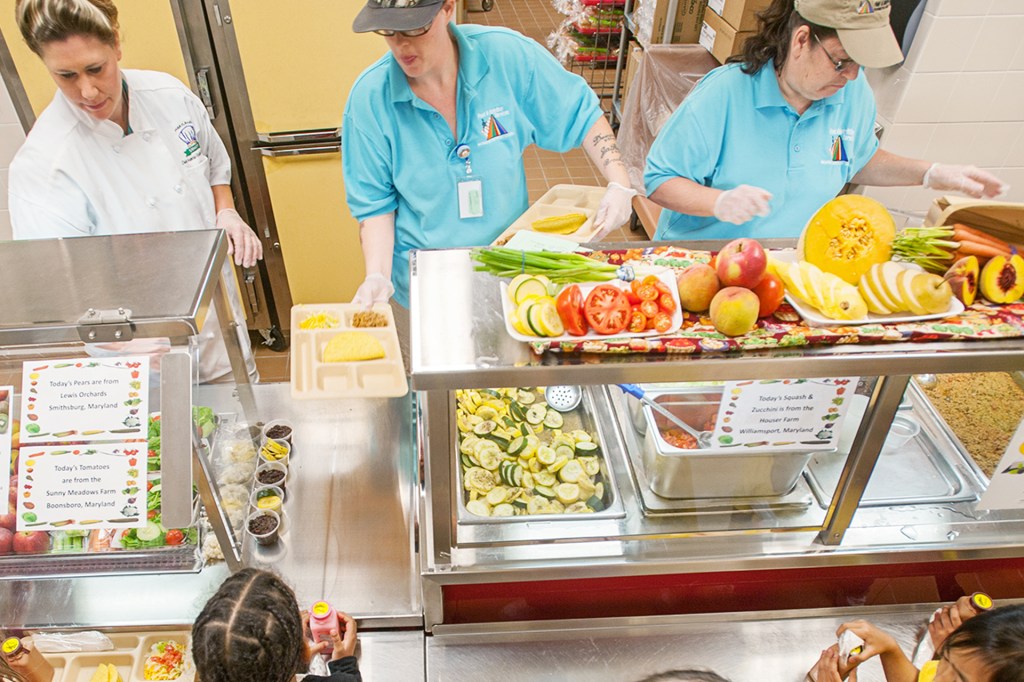Hunger on the Rise

Millions of Americans cannot afford to buy enough food. That’s according to a recent report by the United States Department of Agriculture (USDA). It found that the number of households facing food insecurity jumped to 17 million in 2022, from 13.5 million in 2020.
Experts say there are two causes for the increase: a rise in food costs and the end of government programs that help low-income families. These programs were put in place during the pandemic, when many people lost their jobs. But Congress has since let many of these programs expire.
“The unwinding of the pandemic interventions and the rising costs of food [have] taken hold,” says Geri Henchy of the Food Research & Action Center. “It’s like a horrible storm for families.”
One policy that ended is free lunch for all students. It not only provided meals, Henchy says. “It was huge for people’s budgets.”
Tom Vilsak, head of the USDA, has urged Congress to extend programs such as Women, Infants, and Children, which helps women and young children who might not have enough to eat. “We can make a positive impact on food security,” Vilsak says. “No child should go hungry in America.”
Stop and Think! What is the story’s headline? Is it effective? Why? Can you think of other headlines that would work here?













